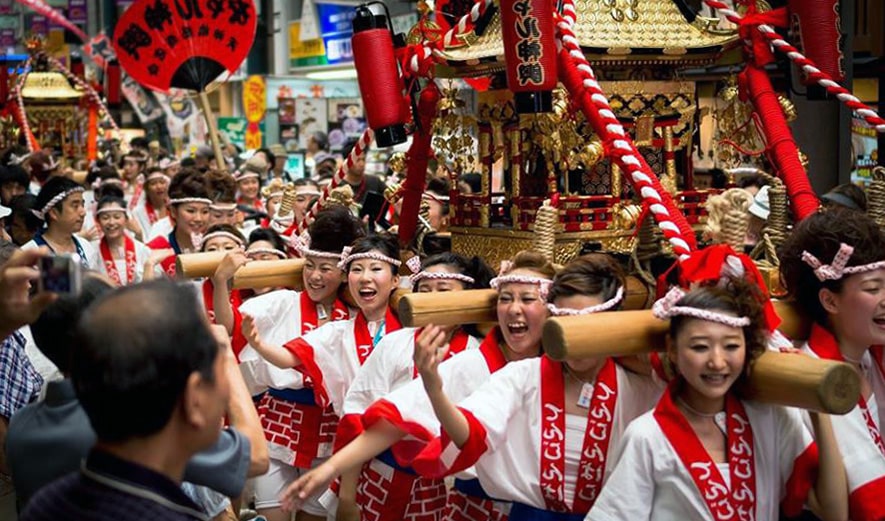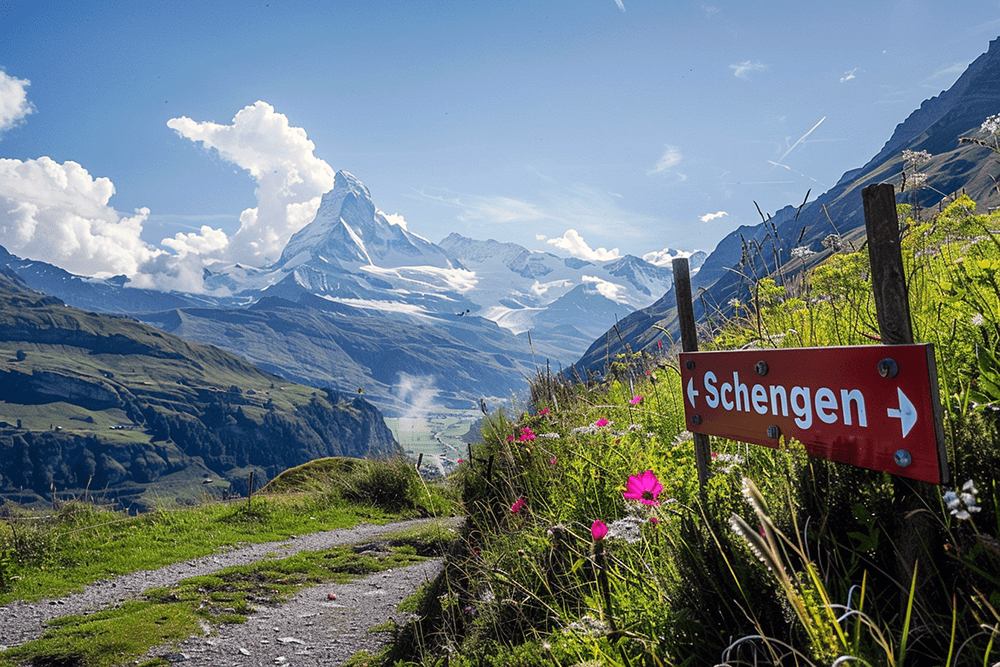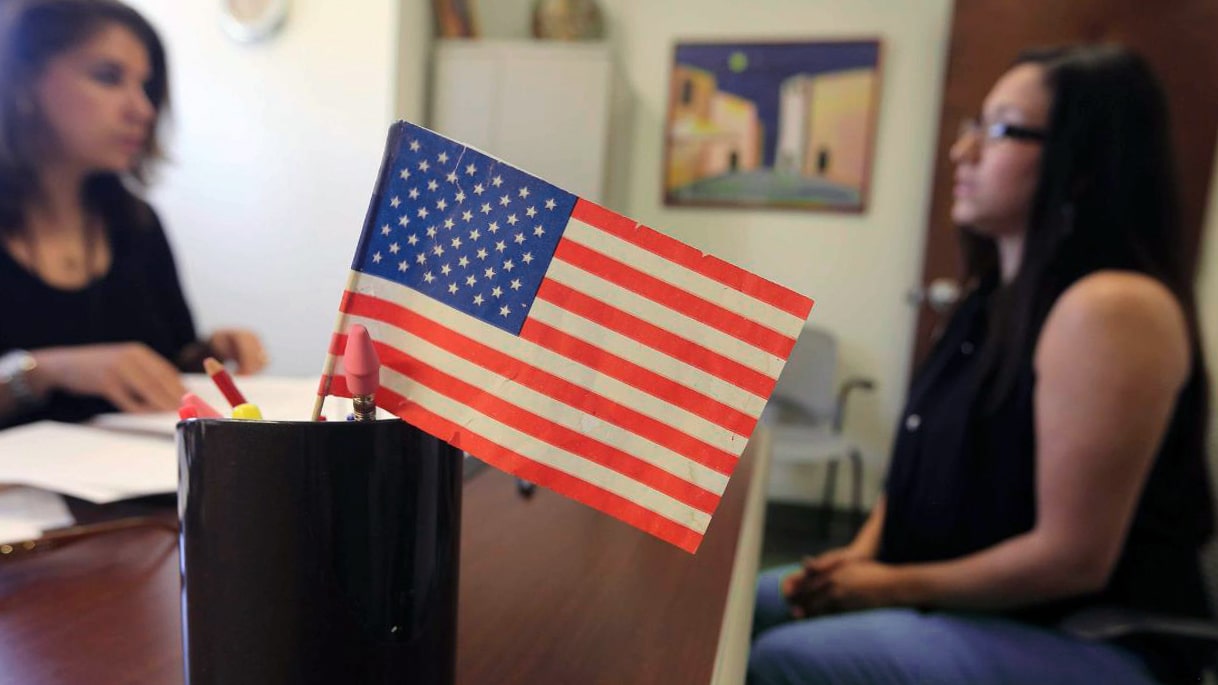From Dubai to Japan: Heading to the Longest Summer Festival Gion Matsuri

Japan is a unique island nation with a rich thousand-year history. This special country has managed to step forward into the era of high technologies while preserving ancient traditions and festivals.
One of such festivals is the Gion Matsuri, the largest annual festival in Japan. It has been held in Kyoto since the year 869 from July 1 to 31. On the main days of the festival, July 17 and 24, residents and guests of the city can observe processions of 34 decorated floats moving along the city’s main streets.
Festive atmosphere reigns throughout Kyoto during the whole festival. Homes located along the procession route are usually open to the public. Thanks to this, guests can admire the true treasures of authentic Japanese culture that have been passed down from generation to generation and are now put on display for everyone to see.
The first Gion Matsuri celebration was held during a plague epidemic to appease the angered gods. Since then, the main tradition of the festival has been preserved to our time, according to which a boy – a sacred messenger – is chosen among local children. From July 13 until the end of the first parade on July 17, he must sit on one of the platforms without touching the ground with his feet.
In the parade that takes place in the framework of the festival, two types of platforms: yama and hoko. They are decorated with exquisite handmade items, various fabrics, dyed textiles and sculptures. Because of their incredible beauty, the platforms have been named “moving art museums”. During the main festive parades on July 17 and 24, the platforms pass through the central streets of Kyoto, where everyone can admire their magnificence.
The Main Festive Events of the Kyoto Gion Matsuri Festival
The celebration of the Kyoto Gion Matsuri continues throughout July and consists of various events, both major and minor. The main days of the festival are:
- Kujitori-shiki, July 2
The first important day of the festival, during which a draw takes place in the presence of the mayor and the festival organizer to determine the order of the float parade. - Mikoshi-Arai (The Ritual of Cleaning the Sacred Palanquins), July 10 and 28
A special ritual of cleaning the mikoshi (sacred palanquins of a Shinto shrine) takes place on this day. The main sacred palanquin of the Yasaka Jinja shrine, without decorations, is brought to the Shijo Ohashi Bridge, where the chief priest of the shrine performs a purification ritual at the waters of the Kamo River. - Omukaë-Chochin (Welcome Lanterns), July 10, evening
On this day, temple parishioners with festive lanterns mounted on long bamboo poles head towards the shrine to respectfully welcome the sacred processions. - Former Jyoyama Festival, July 14-16
By this day, pedestrian paths and platforms are decorated with festive lanterns. During the dark hours, they light up the streets, while the Gion Matsuri music, coming from the floats, fills the space. There is a separate room near each float where you can see special treasures. - Former Yamahoko-Junko Festival (Float Parade), July 17 at 9 a.m.
A procession of 23 floats is displayed on the streets of Shijo, Kawaramachi and Oike. The precious and rare decorations of the floats appear in their unprecedented grandeur under the bright summer sun. - Sanko-sai (Sacred Car Procession), July 17
Three sacred cars are carried out of the shrine on the shoulders of men. Shortly after that, the cars arrive at Otabisho – a temporary resting place located on Shijo Street. - The Last Jyoyama Festival, July 21-23
Another day when you can admire the floats and see special treasures collected in each separate room as part of the festival to the sounds of magical Gion Matsuri music. - Hanagasa-Junko (Flower Umbrella Procession) and Kanko-sai (Sacred Car Procession), July 24
On this day three sacred cars are taken out from their temporary resting place and finally return to their Shrine. - The Nagoshi Festival at the Ekiji Jinja Shrine, July 31 at 10:00
A large wreath (chinju) is placed in the Yasaka Shrine and a grand ceremony of Chinju Kuguri is held.
In addition, each major parade is preceded by three festive evenings – Yoimaya (from July 14 to 16 and from July 21 to 23). During this time you can admire platforms set up around the city, buy lucky charms and try takoyaki – Japan’s delicious street food. During the Yoimaya days, a festival of folding screens is held, during which wealthy families in the Shinmachi and Muromachi areas display their personal treasures – screens and kimonos in front of their homes, and some even invite passers-by inside. Local merchants are also active – throughout all the days of the festival they eagerly showcase their collections of artworks.
Tips for Traveling to Kyoto Gion Matsuri in Japan
To ensure that your visit to the festival leaves only positive emotions, it is worth taking note of several simple but important tips:
- During the Gion Matsuri festival there is a huge influx of tourists in Kyoto, so it is better to book accommodation several months before the trip – this way you can stay in a hotel close to the best festival locations.
- The Gion Matsuri festival takes place in the center of Kyoto. It is easily accessible by underground, bus, taxi or even on foot. The main festive events take place on the streets of Shijo, Kawaramachi and Oike – when planning a route by car or taxi, keep in mind that these streets may be closed off.
- When visiting the festival, be sure to admire the family heirlooms during the Yoiyama Matsuri and also wear a yukata, the traditional clothing of local residents, and try some local street food.
Planning a Trip to Japan
Japan is an absolutely incredible country that everyone dreams of visiting. And the Gion Matsuri Festival in Kyoto in July is a great reason to book a hotel and start preparing for the trip.
But the most important stage of trip planning is applying for a visa to Japan. Thanks to The Visa Services you can get the stamp in just 10 days, and most importantly, the process will be as clear and comfortable for you as possible.
Get ready to set off to the Land of the Rising Sun and immerse yourself in its incredible traditions. And the specialists from The Visa Services will take care of all the rest!
FAQ:
Q: What is the processing time for a visa application to Japan? Is it possible to get an urgent visa?
A: With The Visa Services the average processing time for a visa application to Japan is around ten days. The Japanese embassy does not issue urgent visas, but depending on the embassy’s workload your visa may be issued earlier than the set deadline.
Q: Are there any limitations on the validity period of the submitted documents?
A: Try to submit documents with the shortest validity period. The Japanese embassy usually accepts invitation documents prepared no earlier than three months before the submission. It is even better to entrust the preparation of the necessary document package to the specialists of The Visa Services. With us you will not have to worry about the correctness of the documents and their submission deadlines.



